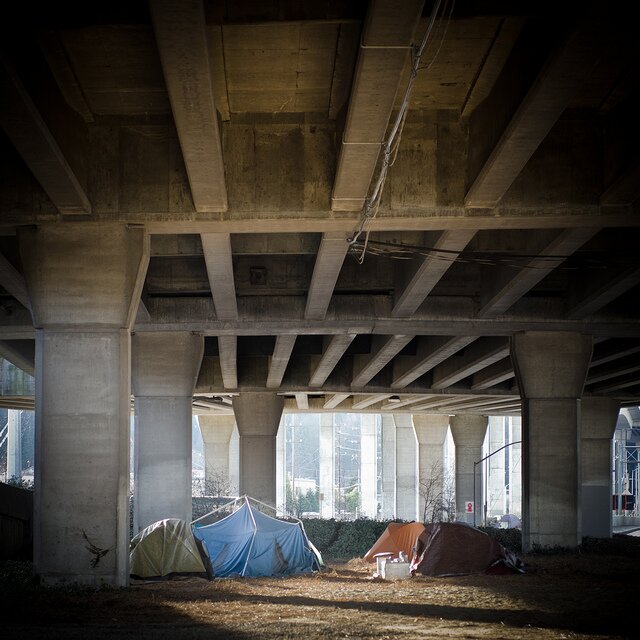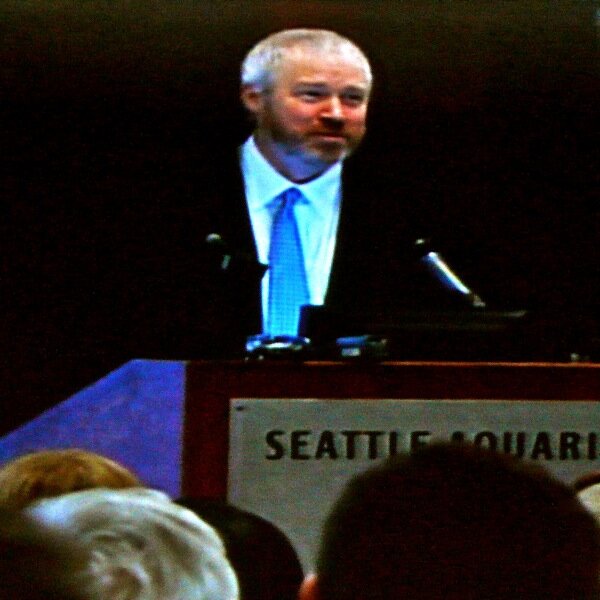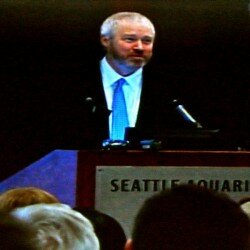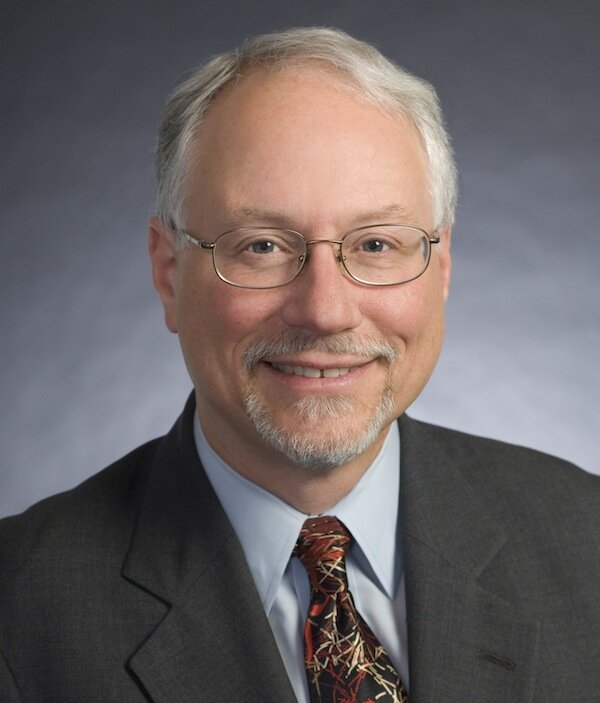
I have to admit to a bait-and-switch here. I realize that with a headline like that, you expect to be told why the City of Seattle can’t budget. But–and here is where things get very devious indeed–my thesis is that most likely you already know why. So the real reason that the city keeps facing deficits is not because leaders simply don’t know how, but because they correctly understand that the populace would rather they dither than decide on a less reversible course.
If the economic siege is going to lift, then it makes sense to keep Seattle poised to take advantage of that. If the economy has reset, and the current boom-fed structure is unsustainable, then it makes sense to act more radically, to reorganize the “city walls,” so to speak. But Seattle is a confusion of people, and at any given time, some thirty percent agree on anything.
Functionally, the city is not allowed to run a deficit, which removes some of its short-term flexibility. Seattle is dependent on funding from state and county governments, and–things being tough all over–leadership all over has been practicing the exact same kind of budget strategy: that of kicking the can into the next budget biennium, when things hopefully will have turned around. In fact, things have not, and it has made it impossible for local governments to accurately anticipate where their particular can will land.
Part of Governor Gregoire’s most recent $2-billion budget cut includes $91 million in monies normally shared with the state’s counties and cities. Everywhere, you see talk of the lowering tide sinking all boats: Seattle’s budget director Beth Goldberg echoes the state’s chief economist Arun Raha when she blames “the federal debt-ceiling debate, European debt crisis, and plunge in the stock market” for expecting $4.3 million less in revenue for 2011 and 2012.
But as Publicola points out, that’s just the tip of the looming city-services iceberg: “Next year’s projection pales, however, in comparison to projected shortfalls in 2013 and 2014, when deficits are projected at $39.4 million and just over $44 million, respectively.” While just about everyone can think of a few things in the city budget that represent “staggering waste,” they have a much harder time persuading a majority of their position. One person’s tough-but-necessary budget axe is another’s executioner’s blade.
Advocates of “small government” may cheer the results in principle,but the practical fact is that creating a smaller government in a recession pours gas on the unemployment fire: “The industry hardest hit by the job losses was government, losing 10,800 jobs as budget cuts led to paring of an estimated 6,100 jobs in local education and 4,700 jobs in state education,” reported the Puget Sound Business Journal in October. In contrast, a booming aerospace industry added 1,000 jobs. That’s the wrong ratio.
For some reason, when the short-term effects of laying off government workers are calculated, you are typically not provided with the counterbalancing costs in unemployment insurance, government aid, and reduced tax revenue, not to mention the longer-term unemployment effects, such as repossession and foreclosure. Given the recession’s historic lengths of unemployment, this is not trivial. Property taxes fund an enormous amount of services.
Though Seattle is fortunately positioned (with hiring in aerospace, software, online retail), it’s also true that it’s increasingly expensive to live in the area. Seattlepi.com reports on a University of Washington study that claims: “For a family of two adults and two young kids in Seattle, the cost of living grew by 13 percent since 2009. For a single person with no kids, making ends meet is now 19 percent more expensive.” In East King County, the most expensive area, “a single parent of two young kids” spends $65,690 on basic needs: housing, food, child care, health care.
That’s without, Sightline underscores, in their more in-depth treatment of cost of living study: “the additional costs of any comforts such as savings, vacations, cable TV, or the occasional restaurant meal.”
Sightline breaks it down:
Over the last decade, taxes for that average 3-person Washington family have risen by 28 percent. Compare that to the cost of housing (up 37 percent), food (up 41 percent), childcare (up 44 percent), health care (up 75 percent) and other necessities like clothing, shoes, telephone service, and household goods (up 40 percent).
That’s the kind of thing that makes it difficult to pass new taxes to deal with plunging revenues. The actual impact of the taxes may be smaller than all else, but struggling people can say no to new taxes. They can’t say no to cost of living increases, except to relocate. And relocating to an area of higher unemployment carries its own expenses and risks.
For the moment, all we have for comfort is the knowledge that if things truly can’t go on this way, they won’t.









